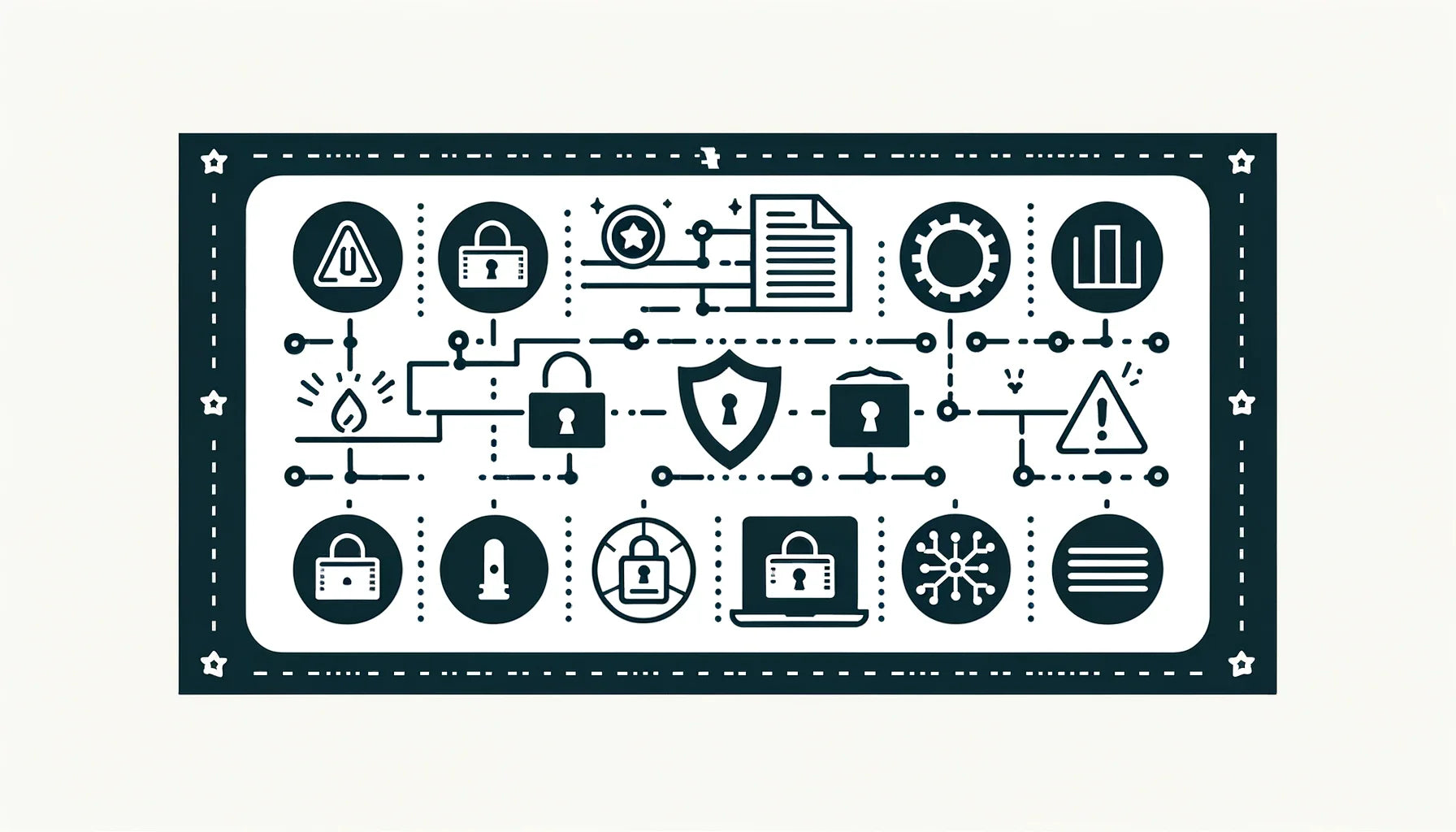Conducting an asset-based risk assessment is a non-negotiable for protecting your organization's critical information and infrastructure. This approach focuses on identifying and evaluating the assets, vulnerabilities, threats, and risks to ensure robust security measures are in place. In this guide, we'll define key terms and explain how to perform an asset-based risk assessment, complete with an example assessment table.
Key Definitions
- Asset: An asset is anything of value to the organization that needs protection. This can include data, software, hardware, intellectual property, and personnel.
- Vulnerability: A vulnerability is a weakness in an asset or security control that could be exploited by a threat to cause harm.
- Threat: A threat is any circumstance or event that has the potential to exploit a vulnerability and cause harm to an asset.
- Risk: Risk is the potential for loss or damage when a threat exploits a vulnerability. It is typically measured by considering the likelihood of the threat occurring and the impact it would have.
- Likelihood: Likelihood is the probability that a given threat will exploit a vulnerability.
- Impact: Impact refers to the potential consequences or damage that could result if a threat exploits a vulnerability.
- Risk Criteria Matrix: A risk criteria matrix is a tool used to assess and prioritize risks based on their likelihood and impact. It helps organizations decide which risks need to be addressed urgently.
Steps to Perform an Asset-Based Risk Assessment
-
Identify Assets:
- List all assets that need protection.
- Categorize assets by type (e.g., data, software, hardware).
-
Identify Vulnerabilities:
- Assess each asset for potential weaknesses.
- Document any existing security measures.
-
Identify Threats:
- Identify potential threats that could exploit vulnerabilities.
- Consider both internal and external threats.
-
Assess Risks:
- Evaluate the likelihood of each threat exploiting a vulnerability.
- Assess the impact of each threat on the asset.
- Use a risk criteria matrix to prioritize risks.
-
Review and Update:
- Regularly review the risk assessment.
- Update it as necessary to address new vulnerabilities or threats.
Example of an Asset-Based Risk Assessment
Below is an example table that illustrates an asset-based risk assessment:

Using the Risk Criteria Matrix
A risk criteria matrix helps prioritize risks by categorizing them based on their likelihood and impact:

This matrix helps organizations focus on critical risks that require immediate attention and allocate resources effectively.
We have designed a template that you can use to conduct your own asset-based risk assessment.
Conclusion
Performing an asset-based risk assessment is a key step in ensuring your organization's information security. By identifying and evaluating assets, vulnerabilities, threats, and risks, you can develop a clear understanding of the risks your organization faces. Regularly reviewing and updating your risk assessment ensures that your security measures remain effective against evolving threats. Implementing a risk criteria matrix helps prioritize risks and focus on the most significant threats, ultimately enhancing your organization's security posture.

